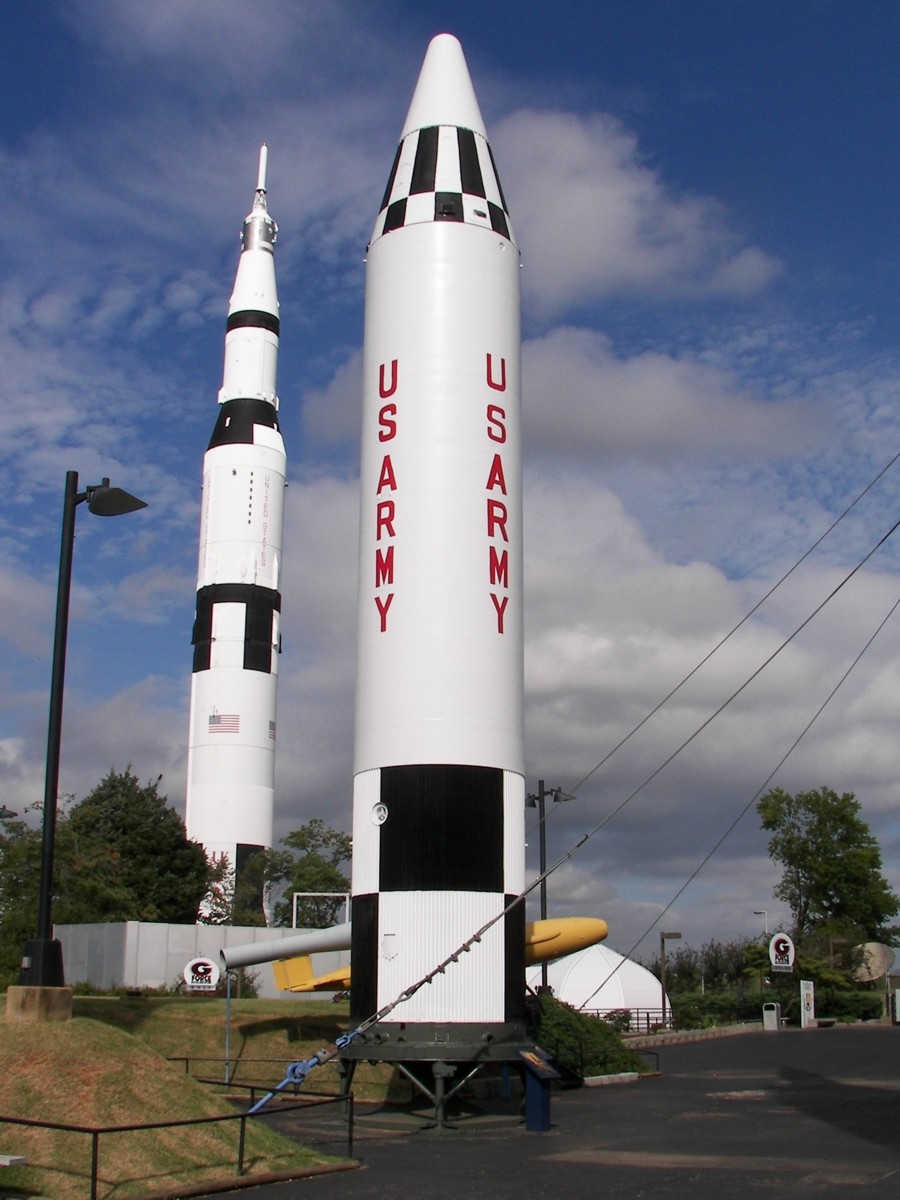

However, the effort left us more than ready for Apollo when it came along.”īill Michael came across a paper by Hans Lieske and Bob Buchheim of RAND Corp., who had studied the circumlunar trajectory. Michael asked Crenshaw to study it in more detail, using a computer simulation of the Restricted Three-Body Problem. The study was later expanded to include a full 3-D, N-body simulation. “Later, we used the circumlunar trajectory in Apollo because we wanted a fail-safe return to Earth-even in missions that were nominally intended for landings-in case something went wrong (as it did in Apollo 13).”Īs Crenshaw says on his website: “When Scout’s projected payload at the Moon went from a few hundred pounds, through zero and negative, those plans were abandoned.

SPACE PIONEER TV
“We wanted a circumlunar trajectory because we wanted to take a photograph of the back side of the Moon and (unlike the Russians, who used a TV camera) recover the film,” Crenshaw said.

They were tasked with designing a mission based on the old Scout solid-propellant rocket, to send a “Brownie” class camera to photograph the far side of the Moon. The team in which Crenshaw found himself included Bob Tolson, John “Gap” Gapcynski, and Wilbur Mayo. Later that year, Brown created the Lunar Trajectory Group, led by Bill Michael, which was to study lunar trajectories for manned and unmanned missions (and they were all ‘manned’ in that era). From there, was placed in the Theoretical Mechanics Division with Clint Brown. He asked where he could use his expertise in advanced dynamics. Crenshaw protested that he was a physicist and knew nothing about aerodynamics. space agency.Ĭrenshaw joined NASA Langley in April of 1959, where he was slated to work with one of the wind tunnels. That was Crenshaw’s first introduction to the U.S. He received a reply with NACA letterhead-with the “C” crossed out and replaced by an “S”. Delicate calculations were needed in order to ensure the orbit would not bring the craft into a collision with the lunar mountains.Ĭrenshaw graduated from Auburn in 1958 and applied to the National Advisory Committee for Aeronautics (NACA)-the precursor to NASA. In order to orbit the Moon and land on it, the Apollo spacecraft’s Service Propulsion System (SPS) engine had to fire in order to slow the vehicle down and settle into lunar orbit. The early Moon missions set off for our closest celestial neighbor in the free-return trajectory which, if uncorrected, would loop them around the Moon and return them straight to Earth. Jack Crenshaw was one of the pioneers in designing the figure-8 trajectory which became known as the free-return trajectory. A critical part of the second objective, returning safely to the Earth, was a trajectory that would bring the spacecraft back from the Moon and re-enter Earth’s atmosphere.ĭr. Kennedy in 1961: to land a man on the Moon and return him safely to the Earth. Photo Credit: NASAĭespite their scientific justification of gaining samples of the lunar regolith, the Apollo expeditions had two objectives laid down by President John F. Commander Jim Lovell, Command Module Pilot Jack Swigert, Lunar Module Pilot Fred Haise.


 0 kommentar(er)
0 kommentar(er)
